Choo-Choo at the microscopic, cellular scaffolds in action
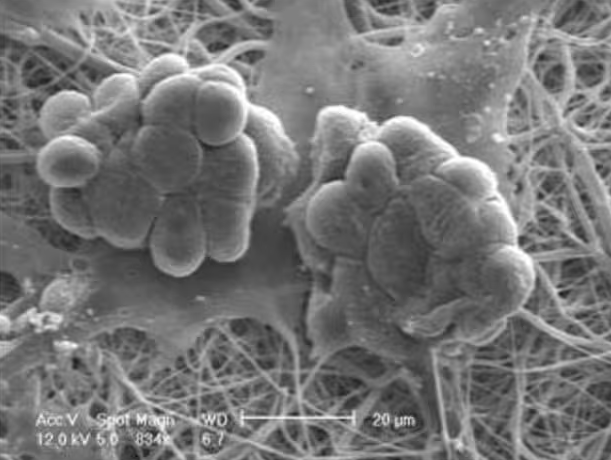
Hey, curious people of the world! Today I tell you about some geniuses at Princeton who are blowing our minds with an amazing technique. Imagine harnessing a microscopic scaffold within our own cells to create a kind of nanotech amusement park. Total madness! So it turns out that these eggheads at Princeton figured out how to manipulate that scaffolding framework that supports our living cells. And for what? Well, to build something like a Disneyland of nanotechnology – seriously, we’re talking about game-changing advances in robotics, drugs and even ultra-precise systems for transporting tiny things at the molecular level. It’s as if our cells have their own train line to transport VIP molecular cargoes!
These geniuses explain how they controlled the growth of biopolymer networks. What are these? Basically, pieces that are part of the cellular structure; but, attention, here comes the good part: they did it on a microchip. Yes, as if they were building a circuit, but in the tiny world of our cells. It turns out that inside our cells, there are proteins called tubulin that form microscopic rods called microtubules, these microtubules are like the roots of a tree that shape the cell and help it divide. But that’s not all, they also act as molecular railroads. How? Specialized motor proteins transport molecules along these microtubules. A microscopic train inside you!
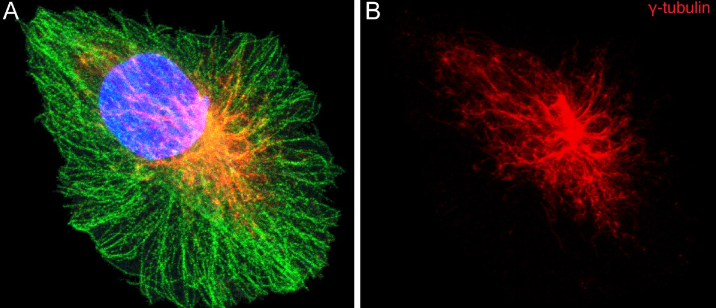
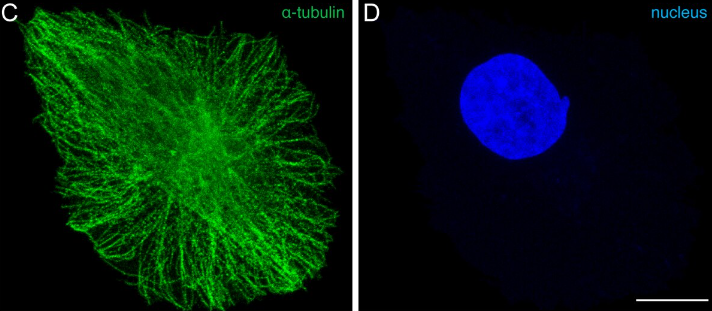
Imagine this as an ultra-precise transport system within our cells, slight changes in the molecular composition of microtubules are like traffic signals that tell chemical transporters where to carry their molecular cargoes. It’s like a biological GPS inside our cells! Here’s where it gets even more exciting, the brains behind this at Princeton were inspired by axons, which are like highways for molecular transport in our nervous system. Meisam Zaferani, one of the masters of the experiment, tells us that they are discovering the secrets of the growth of these microtubules and their chemical properties. A mystery that has us all in suspense!
But the best part is that they are thinking about practical applications – yes, engineers and physicists are taking a look at these microtubules to build new materials and technologies. Imagine a future where our cells are the inspiration for designing revolutionary systems! With the help of Ryungeun Song, these cracks created a system to control microtubule growth in the cleanroom labs of the Princeton Materials Institute. It’s as if they were creating an amusement park on a microscopic level! Anyway, this is just the beginning of a new era in science. Even our cells have something to teach us about innovation! Who knew that such a mind-blowing world was brewing inside us? See you in the next episode of “Cellular Adventures”!


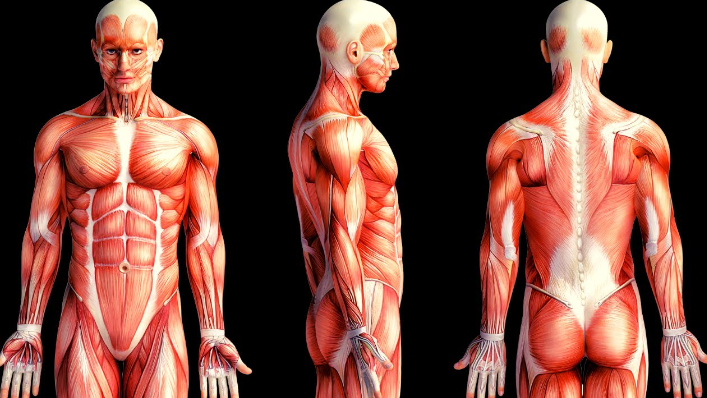

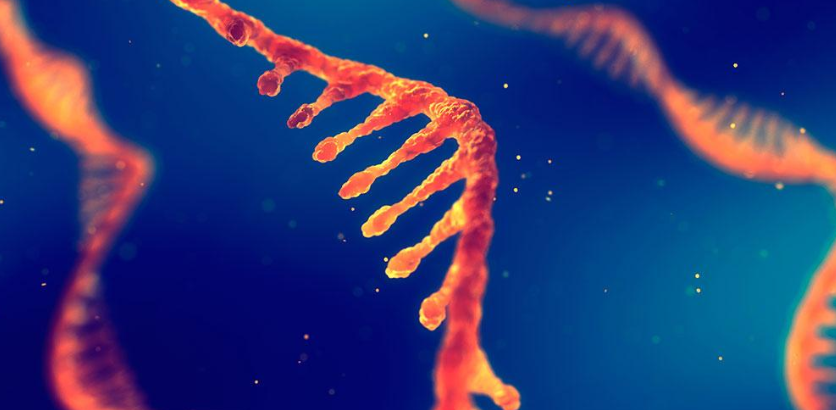
Responses